The Bittersweet Harvest: Navigating Manhattan Chinatown's Changing Produce Network
Zoe Lin

Manhattan Chinatown is a hub of cultural and economic activity. One of its most iconic features is its bustling produce market, mostly along Grand, Mott, and Canal street. Impressively, the small-scale, low-tech vendors are able to sell diverse, fresh produce at a cost significantly lower than any other grocers. What lies behind them, is a network of produce suppliers that is vital to the local food ecosystem.
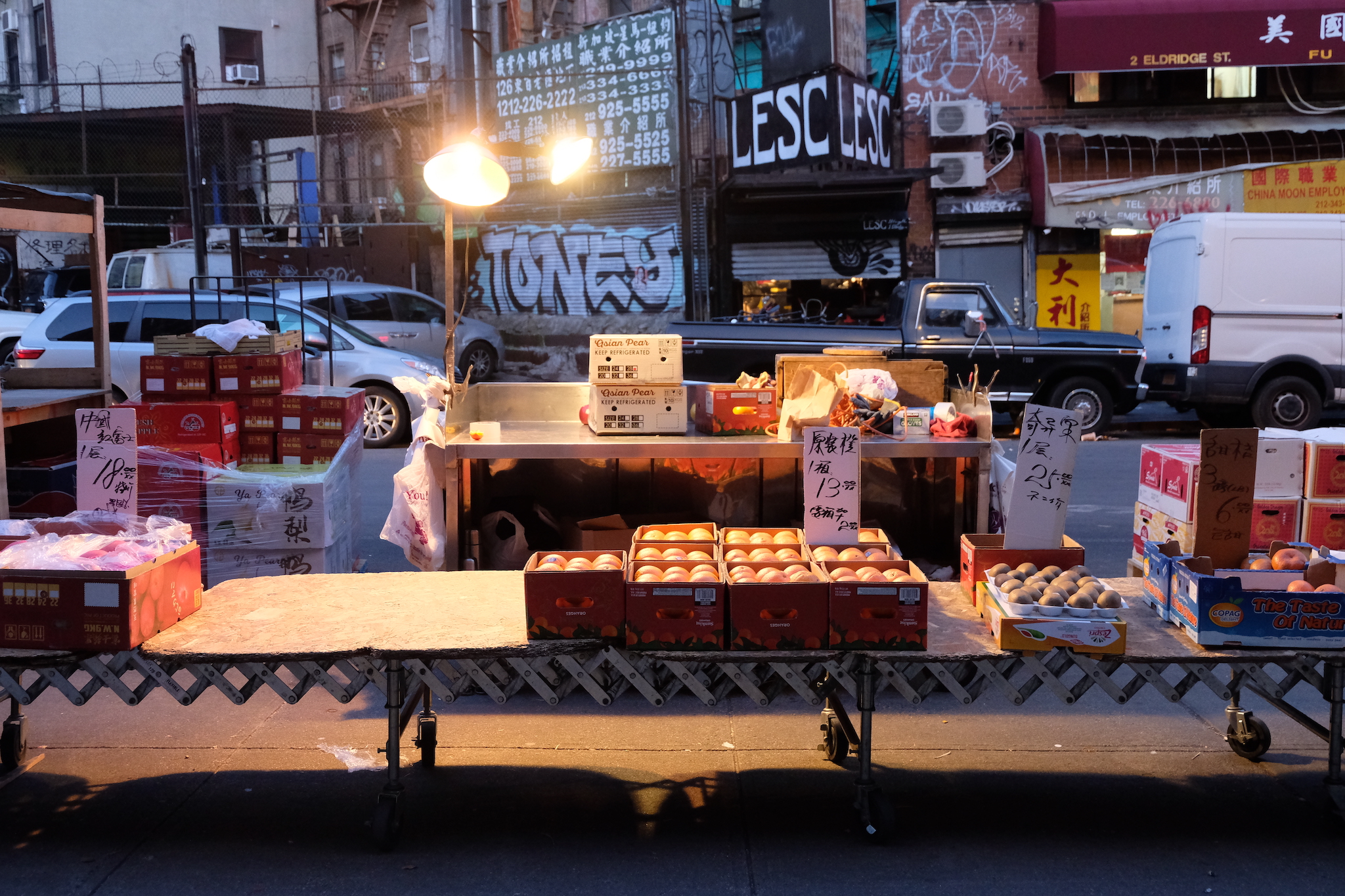
For decades, small-scale produce wholesalers in Chinatown have been connecting farmers and distributors with consumers, creating a food landscape that has become a cornerstone of the community. From fresh produce to specialty herbal medicine, the network plays a critical role in ensuring that local residents have access to healthy, affordable, and culturally sensitive food options. The benefits extend beyond just the local community; by supporting small-scale farmers and distributors, the network has helped build a more resilient and sustainable food system for many.
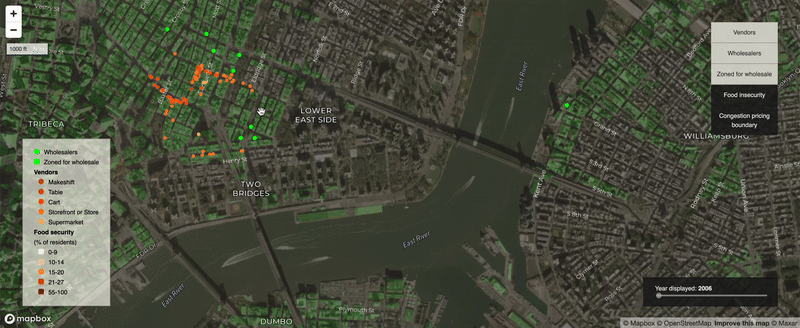
Yet this remarkable supply chain has been overshadowed by the gigantic Hunts Point terminal market and the distribution channels operated by the major supermarket chains. It is also overlooked by advocates of direct farm-to-consumer food retail.
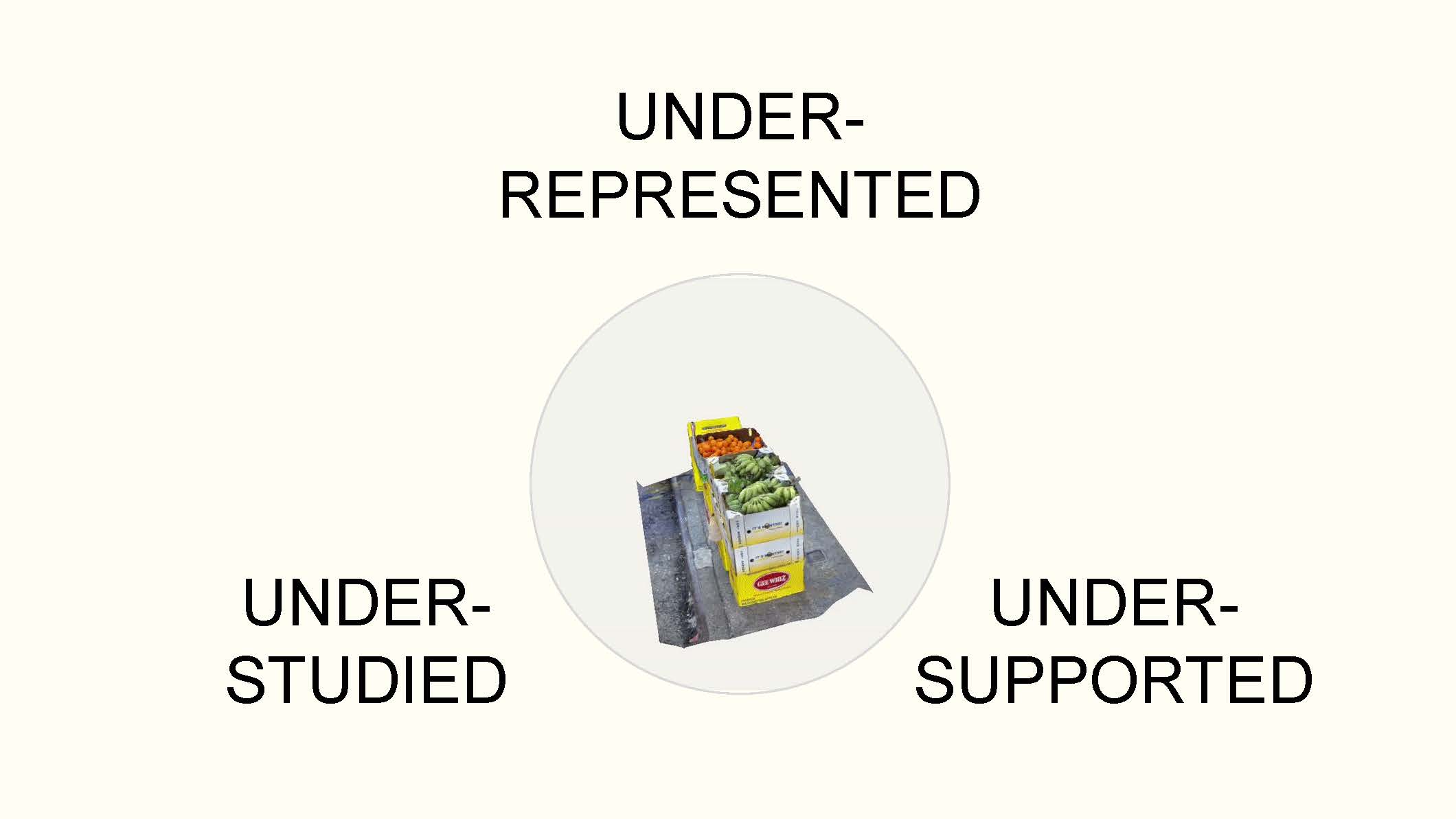
Our current culture around data means systems that evade quickness and bigness, such as Chinatown’s analog operations, become trapped in a feedback loop of being understudied, underrepresented, and undersupported. I thus frame the project as a form of archival advocacy – to capture and record this network to raise its visibility and build support. Through mapping, web-scrapping, and ethnography, I merge a quantitive time series that points to a decline and shrinkage in the network with an oral history of immigrant hardship, tenacity, and the desire for change.
Over the years, this network of vendors and suppliers continues to face significant challenges due to the city’s rapidly changing landscape. Gentrification, upzoning, immigration policies, and other outside forces are threatening to diminish the vitality of this historic marketplace.
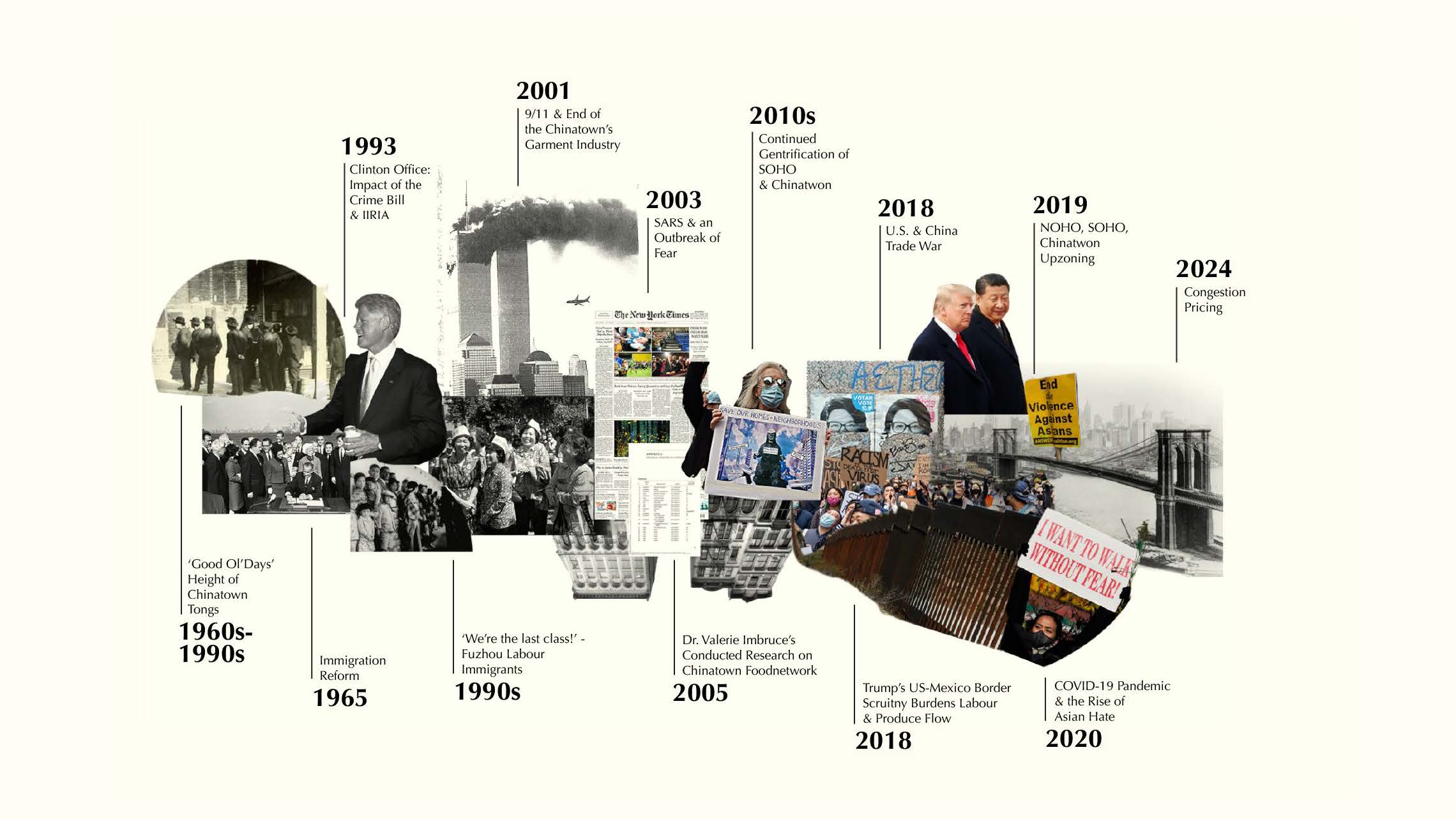
Yet, despite these challenges, it is important to remember the agency of the ethnic enclave amidst these changes, as they seek to develop and adapt to different industries. The produce market remains a symbol of resilience and strength, a testament to the tenacity of the people who call Manhattan Chinatown home.
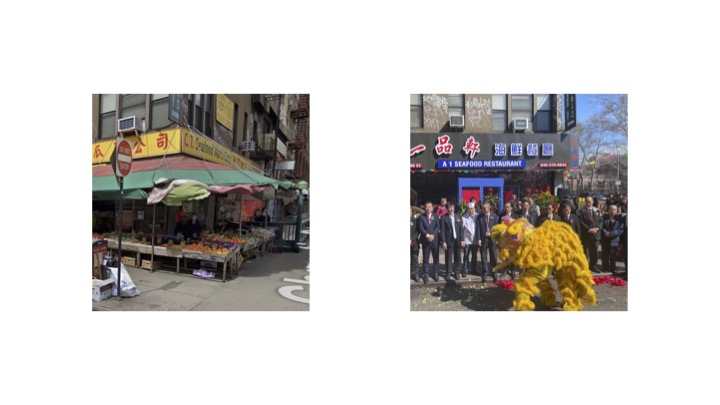
The project unpacks and explores Chinatown through the lenses of binaries and the many ways in which the network dismantles them. Read about each section on the website. This story matters because it sheds light on the unique challenges faced by Chinatown’s immigrant businesses and the ways in which they adapt and evolve in the face of changing economic and political forces, it also offers several valuable lessons for food systems planning today and dismantles many of the binary notions used to understand these systems.
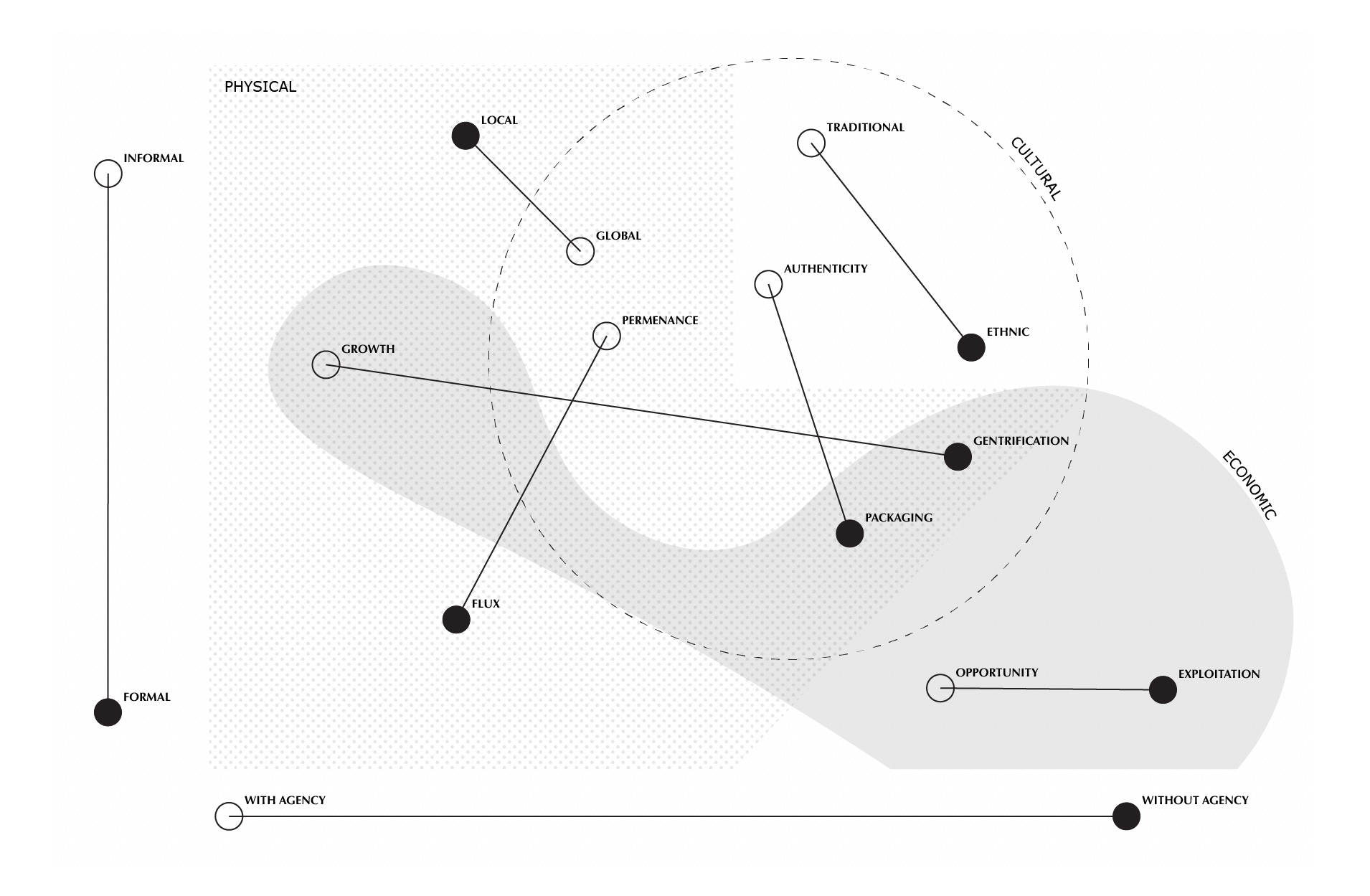
In this love letter to Manhattan Chinatown's produce markets, I explore the historical significance, present challenges, and future possibilities of this unique cultural and economic institution.